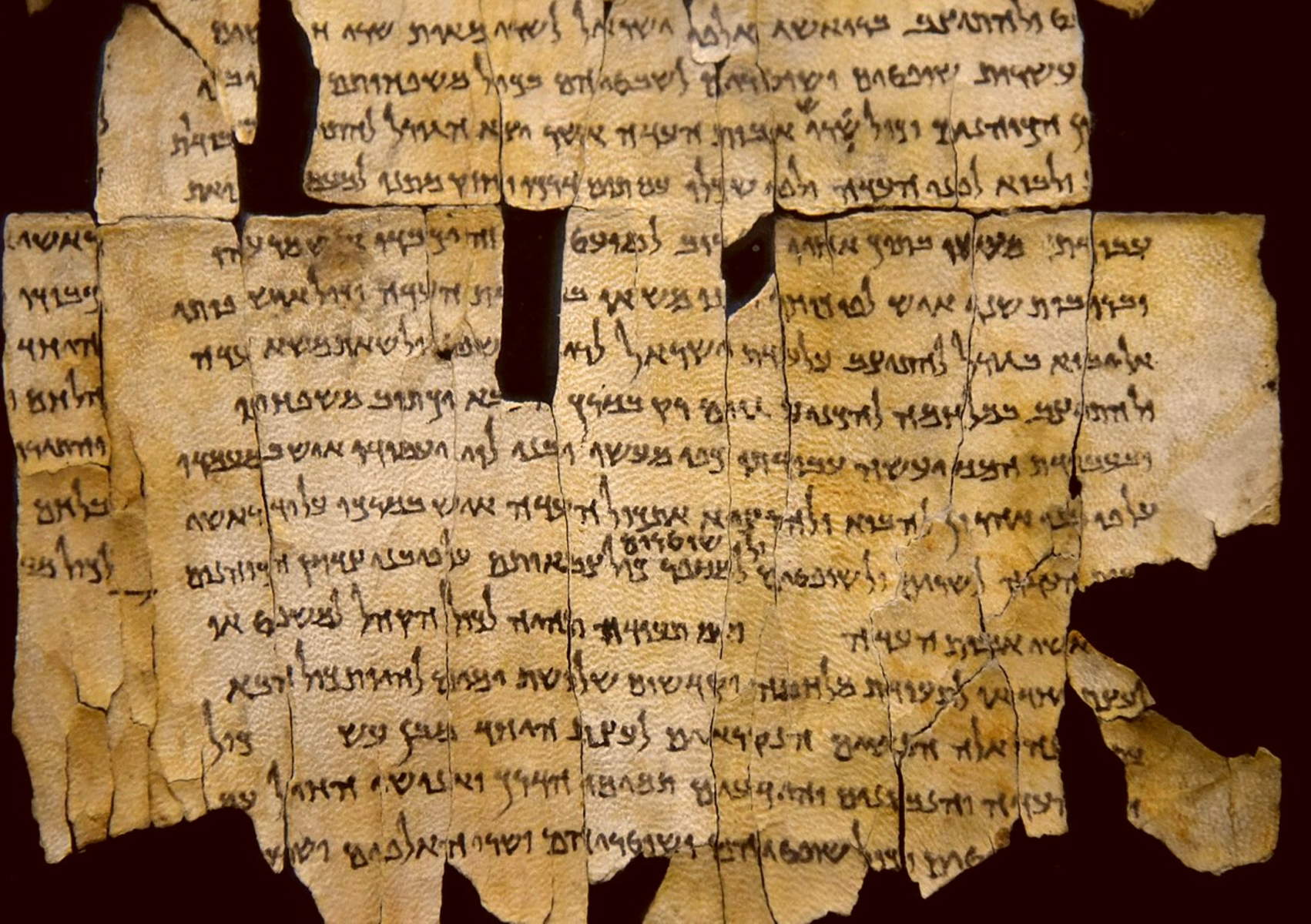New research published in the scientific journal PLOS One has significantly altered the chronology of the Dead Sea Scrolls, with major implications for the history of ancient Judaism and the origins of Christianity. Using a combination of radiocarbon dating and artificial intelligence, an international team of scholars led by Mladen Popović, a professor at theUniversity of Groningen in the Netherlands, has shown that many of the scrolls are older than previously thought.
In particular, two fragments turn out to be coeval with the periods when the biblical texts they contain would actually have been written. Since they were discovered in the mid-twentieth century in the caves of Qumran, a Near Eastern location in the Judean desert, the Dead Sea Scrolls have played a key role in understanding Jewish thought of the intertestamentary period and the dynamics that led to the birth of Christianity. Despite this, the dating of the manuscripts has always been based on criteria of paleography, that is, analysis of the writing, with a considerable amount of uncertainty. In the absence of definite chronological references within the texts themselves, and given the lack of manuscripts datable precisely between the fifth century B.C. and the second century A.D., the entire internal chronology of the scrolls has remained approximate.

Now filling this gap is the European Research Council (ERC)-funded project The Hands That Wrote the Bible, which has integrated radiocarbon dating of 24 scroll samples with a paleographic analysis conducted using a machine learning model. The result is a chronological prediction system called Enoch, capable of estimating the age of manuscript writing with hitherto unprecedented accuracy. The core of the project lies in the use of BiNet, a neural network previously developed to recognize micro-traces of ink in digitized manuscripts. But how does it work? BiNet detects geometric features at both the micro level (the curvature of the traces, called testural) and the macro level (the shape of the letters, called allographic), returning a quantitative stylistic analysis. The data were then cross-referenced with radiocarbon dates using a Bayesian regression algorithm, allowing Enoch to learn correlations between writing styles and certain dates. Initial results were obtained by analyzing digital images of 135 scrolls, which were then evaluated by expert paleographers.
The data processed by Enoch show chronological accuracy with margins of error of about 30 years, a level of reliability superior to radiocarbon dating alone in the period between 300 and 50 BCE. The stylistic analysis of the characters has thus made it possible to revise the origin of two main styles of ancient Hebrew writing: that known as Hasmonae and Herodian. Until now, manuscripts in Hasmonaean script were believed to date from 150 to 50 BCE, while the Herodian type would emerge later, in the mid-1st century BCE. Instead, the new data suggest that both styles were already in use by the late 2nd century BCE, changing the interpretation of scriptural development in late Hellenistic Judea.
The new model also makes it possible to explore, with a degree of objectivity never before achieved, aspects of written culture and the spread of literacy in the eastern Mediterranean basin between the Hellenistic and Roman periods. The ability to date the scrolls more precisely allows scholars to relate the production of the texts to concrete historical events, such as the rise of the Hasmonean dynasty, urbanization processes in Judea, or the formation of religious groups such as the Essenes and early Christian communities. Especially relevant is the new dating of two biblical fragments: the 4QDanielc (also known as 4Q114) and the 4QQoheleta (4Q109). The first, related to the Book of Daniel, would be in the very years in which the text is believed to have been written, that is, around 160 BCE, during the Seleucid persecution and the Maccabean revolt. The second, relating to the Book of Qoelet(Ecclesiastes), would be attributed to the third century B.C., the Hellenistic period in which contemporary scholars situate the anonymous author of the text, in contrast to the tradition that traced it back to Solomon. The coincidence between the content of the text and the material chronology of the fragments represents a rare and relevant case: these are the first known records of biblical manuscripts dating from the same time as their putative authors. This opens up the possibility of studying, by empirical means, the textual transmission of the Hebrew Bible from direct traces of its earliest copyists.
 |
| Artificial intelligence rewrites the chronology of the Dead Sea Scrolls: they are older than expected |
Warning: the translation into English of the original Italian article was created using automatic tools. We undertake to review all articles, but we do not guarantee the total absence of inaccuracies in the translation due to the program. You can find the original by clicking on the ITA button. If you find any mistake,please contact us.